On Thursday evening at the Wyckoff Gardens Community Center
Congresswoman Nydia Velázquez
Peter Lopez, EPA Regional Administrator
EPA Community Involvement Coordinator Natalie Loney
Gowanus: From tidal
Walter Mugdan, Director of the Emergency and Remedial Response Division
for the EPA's region 2 office
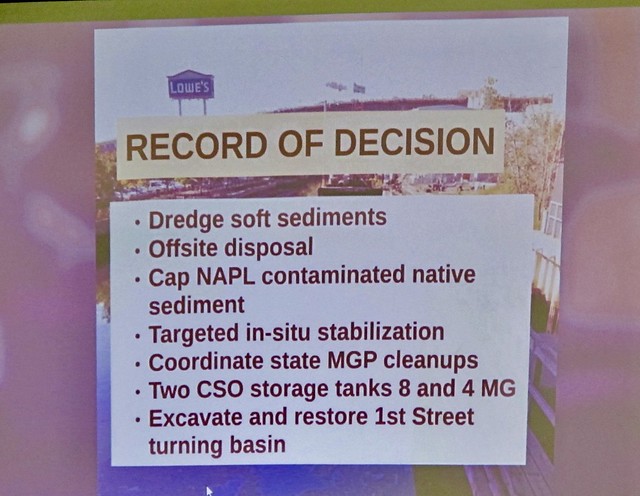
Christos Tsiamis EPA Remedial Project Manager for the Gowanus Canal Superfund
Last night, the Gowanus Canal Community Advisory Group (CAG) hosted a town hall meeting on the Environmental Protection Agency 's $506 million Superfund clean-up of the 1.8 mile toxic canal. Representatives from EPA Region 2 were on hand to give the public an overview and an update on the environmental remediation and to answer questions from the public.
The key note speaker was Congresswoman Nydia Velázquez, who was one of the first elected officials to support the designation of the Gowanus Canal to EPA's list of most toxic sites in the country in 2010, despite pressure from other electeds, including then-mayor Michael Bloomberg.
"I remember getting calls and letters under the door to my house telling me that if I proceeded to support the Superfund nomination for the Gowanus Canal, I would pay the consequences because it would bring the real estate value around the canal down," she recounted "Really?" she told the people in the audience, who broke out in laughter.
To Mayor Bloomberg's request not to support the nomination, she response was:
"Your Honor, in all due respect, I am not a scientist. I am an elected official. I will wait for the scientists to let me know what is the best way to clean-up and restore the canal." Last night, she told those in attendance: "The rest is history."
"I am so proud. Not only has this been a community driven process, but the EPA has been on the forefront of this process. One of the first actions taken by the EPA was to form the Gowanus CAG, which has been meeting monthly for so many years now."
Addressing Washington's new administration, she reassured local residents. "I know that you were concerned when President Trump sent the EPA budget to us. As we all know, the President proposes; for that is his duty. but it is our privilege as members of Congress to dispose of the budget. When they cut the Superfund program by $360 million, we restored the funding. In 2017, the budget for the program was $1.08 billion. We are on track this year to approve a similar amount, or even slightly higher for 2018. No one should be concerned that the Superfund program will not have the money to continue this work."
The Congresswoman mentioned that she will call on the EPA to create a Superfund job training program so that "we can train able-bodied residents from this area so that they can reap the rewards of the economic activity that is going to happen here."
"We are cleaning up the canal the right way, in a manner respectful to the community's needs," she concluded. "I want to take this opportunity to say 'thank you' to the members of the CAG and to everyone in the community for being active participants throughout this process."
Velázquez then introduced Peter Lopez, the new EPA Region 2 Administrator, who echoed the Congresswoman by saying that commitment and engagement by local residents is vitally important.
He also took the time to acknowledge "the very capable team" responsible for the clean-up and to "thank the professionals who have been working here."
He called Walter Mugdan, Region 2's Superfund Director, a Renaissance man. "What I value most in Walter is his heart, his compassion and his commitment. I am very glad to have him as an ally and to help me understand this project more fully."
He also acknowledged Christos Tsiamis, the Gowanus Canal Superfund project manager: "He is hands on, very dedicated, and relentless in his pursuit in making this canal a shining star for the community."
Lopez also gave a shout out to Brian Carr, the team's legal council and to the project's Community Involvement Coordinator, Natalie Loney.
He concluded: "I would like to thank you on behalf of the EPA. We are committee to serve you. want this community safe, we want people to have a quality of life. They say that without vision, people perish. What I see in this room is tremendous vision and tremendous energy. We want to work towards this vision."
Natalie Loney gave a brief presentation on the history of the canal from Gowanus creek in new Amsterdam to a man-made waterway in the mid-1800s, which served as a major industrial transportation route, to its current status as a Superfund site.
For decades, three Brooklyn Union Gas Manufactured gas plants (MGP), paper mills, tanneries and chemical plants, which once operated along the Canal, discharged wastes into it. The resulting sludge at the bottom of the canal contains high levels of contaminants, including polycyclic aromatic hydrocarbons, polychlorinated biphenyls and heavy metals, including mercury, lead and copper. In addition, contamination flows into the Canal by way of New York City's Combined Sewer system, which discharges sanitary waste from homes and rainwater from storm drains.
(You can access a similar presentation given by Natalie a few years ago at TEDxGowanus conference.)
Walter Mugdan then spoke on the environmental remedy laid out in the Record Of Decision (ROD), which was signed in 2013. He also updated the community on what has been accomplished, what the next steps are and, most importantly, the timetable.
Walter Mugdan then spoke on the environmental remedy laid out in the Record Of Decision (ROD), which was signed in 2013. He also updated the community on what has been accomplished, what the next steps are and, most importantly, the timetable.
Currently, the EPA is about to begin a dredging and capping pilot study at the 4th Street basin, across from Whole Foods. Future steps will include the restoration of the First Street Basin, construction of a cut-off wall on the eastern side of the canal from the Head of the Canal to the Union Street Bridge, the clean-up of the former Fulton MGP site under Thomas Greene Park, as well as the construction of two CSO tanks by the City of New York to capture 'the first flush' of sewage and rainwater during rain events keep it from discharging into the Canal until it can slowly be pumped to the wastewater treatment plants after the storm.
Dredging along the length of the Canal will begin by 2020. Work will continue sequentially along the canal in three sections, starting at the Norther end.
"I want to stress that this is an unbelievably complicated project," Mugdan told residents. "Problems will arise, but we have a top notch team working on this project."

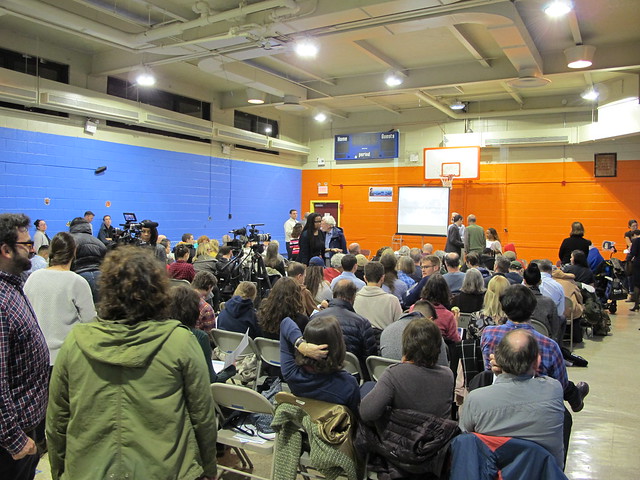
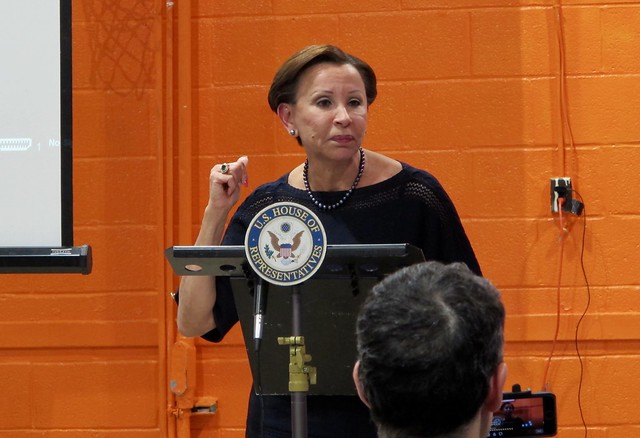
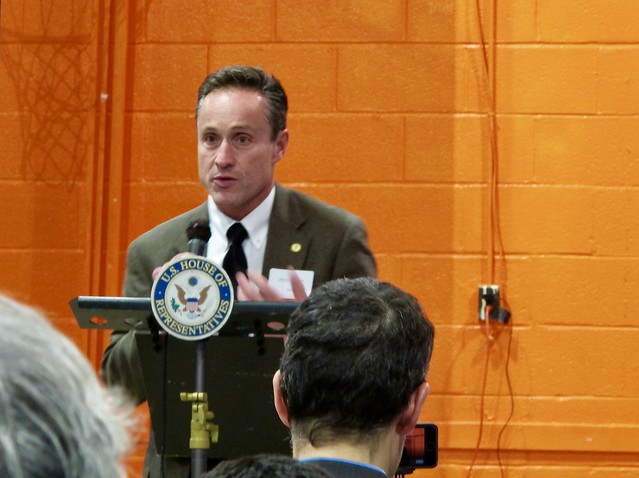

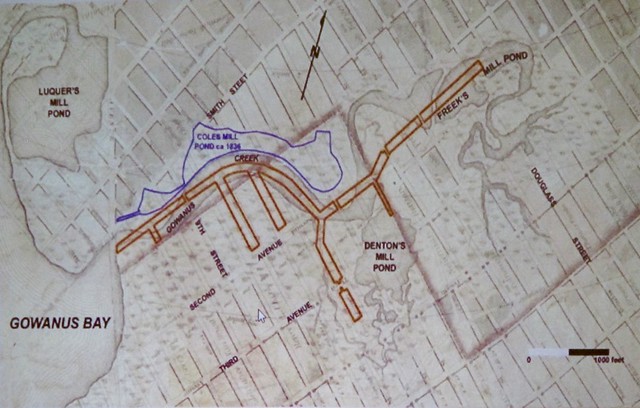
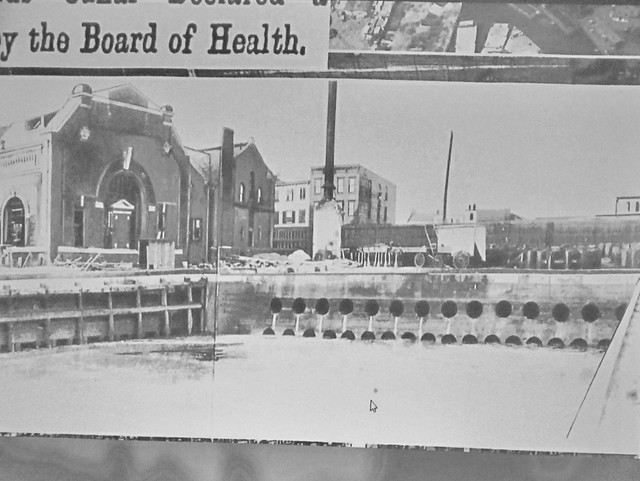
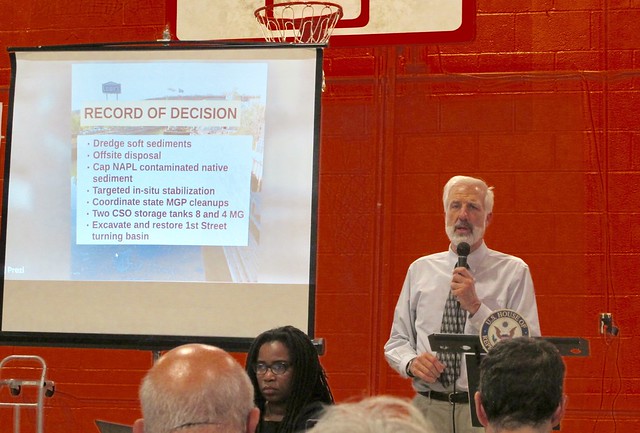







.JPG)

4 comments:
Geez, just get on with it already. Waaaay too much red tape.
Jim, you may be misreading all the political posturing that is going on here as red tape.
The EPA has fast tracked this project well beyond the pace of any other federal Superfund site with much less complexity. What the EPA is doing is no longer the main focus here; the information presented in this meeting was mostly years old.
As we now move into the time the actual cleanup work is to take place (underway now), the political posturing for power, control, who is a player, and who is granted a stake in the land-side outcome is the real name of the game. As the meeting affirmed, We must act as if the powerless community is somehow a part of that, as the community gets bulldozed over with high rise developments and contrived vegetative walkways which appease the needs of developers first and foremost.
Well said, Anon. I agree totally.
Did the EPA discuss any details of the 4th Street basin dredging work underway? Wasn't that why the meeting was held?
Post a Comment